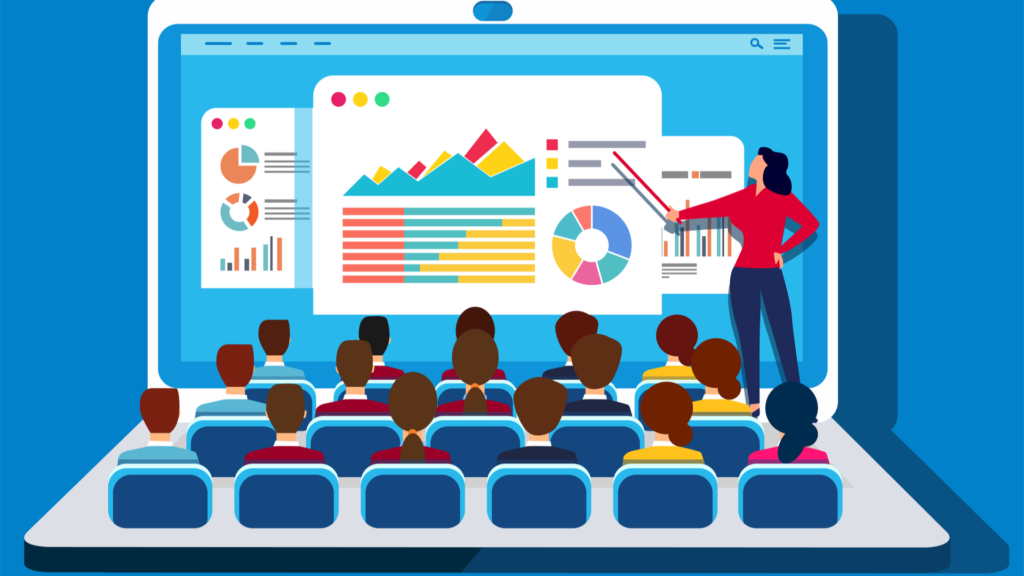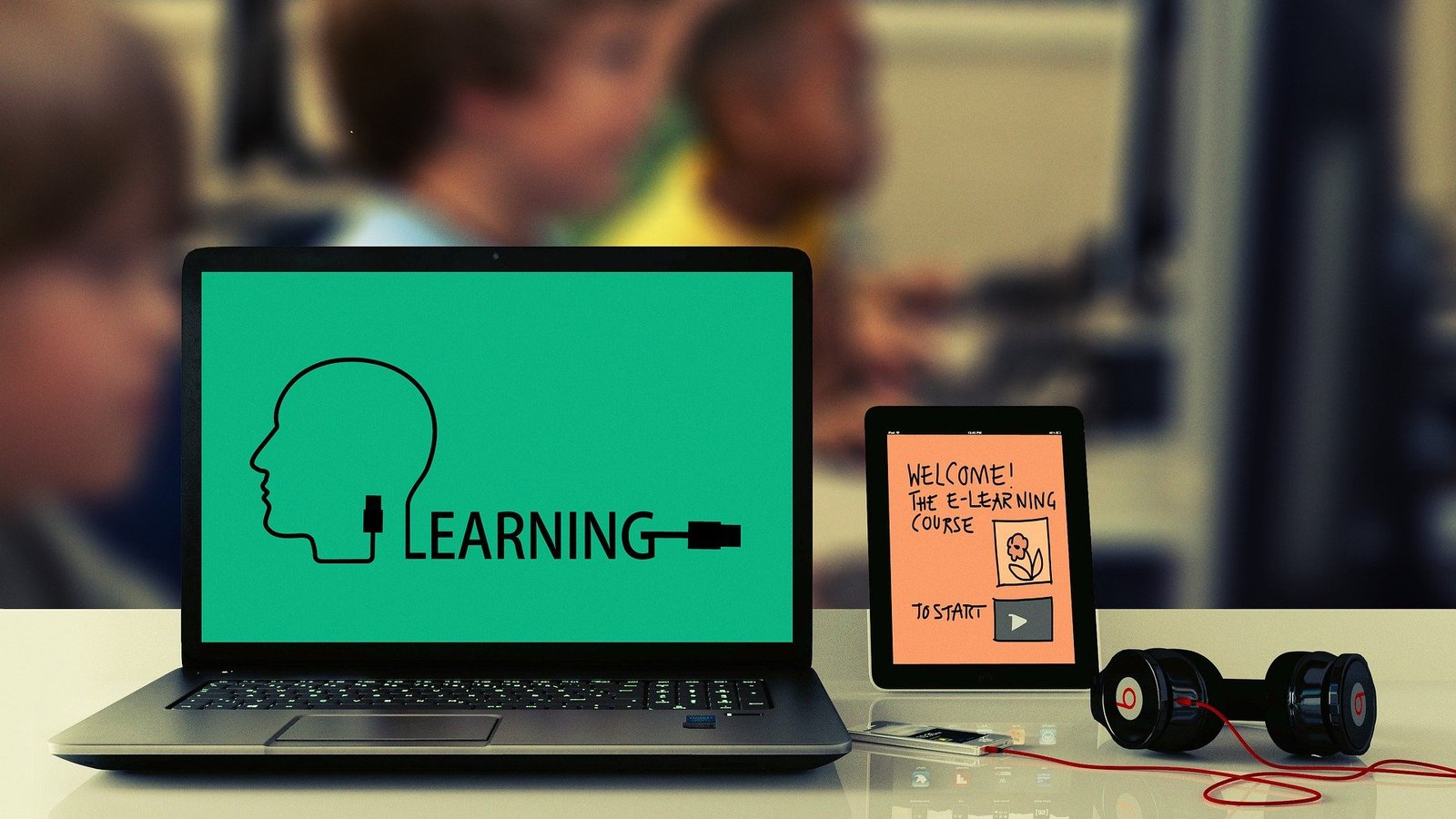EdTech and Digital Classrooms The way teachers and students teach and learn is changing dramatically as a result of the profound integration of technology. The advent of Educational Technology (EdTech) has brought about a revolution in the educational landscape by providing digital tools, platforms, and solutions that facilitate customization, accessibility, and engagement in addition to redefining traditional classrooms. The 21st century has seen a shift in education away from textbooks and chalkboards and toward a time and place where learning can occur at any time.

Early Beginnings
Even though it’s a buzzword now, the term “edtech” dates back to the early 1900s. The idea of incorporating technology into the classroom is not new. Technology has always influenced education, from the adoption of radios for teaching in the 1920s to televisions in the 1950s.
The Rise of the Internet
Education underwent a paradigm shift with the introduction of the internet in the late 1990s and early 2000s. All of a sudden, learning was not limited to traditional classroom settings and information was more readily available than before. With the advent of online courses, e-learning platforms, and virtual classrooms, students now have access to an abundance of resources. The emergence of companies such as Khan Academy, Coursera, and Udemy signified the beginning of the current EdTech age.
Defining the Digital Classroom
A “digital classroom” is a technology-enabled learning environment where educators and students use digital tools for resource access, communication, and teamwork.
Digital classrooms come in a variety of shapes and sizes, ranging from entirely virtual settings where all instruction takes place online to blended learning models that use technology to enhance in-person instruction.

Impact of the COVID-19 Pandemic
The deployment of digital classrooms has intensified due to the COVID-19 epidemic. Teachers had to make the almost immediate transition to online learning as schools were forced to close all across the world. Teachers were able to carry on delivering curriculum thanks to LMS systems, and platforms like Zoom, Google Meet, and Microsoft Teams became indispensable instruments for collaboration.
Personalized Learning
The capacity of EdTech to provide individualized learning experiences is one of its biggest benefits. Digital tools can adjust to each student’s unique needs, in contrast to traditional classrooms where instruction is frequently one-size-fits-all. This is especially clear in adaptive learning systems, which modify the complexity of the content according to student performance using algorithms. Learning paths that are dynamic and customized to each student’s strengths and shortcomings are produced by programs such as DreamBox and Smart Sparrow.

Digital Divide
Even with all of EdTech’s benefits, the digital divide continues to be a major obstacle to its general acceptance. Not every student has access to the technology needed for online education. Many students around the world may not have access to dependable internet, devices, and other essential tools, particularly in low-income or rural locations. This inequality emphasizes the need for governments and organizations to invest in infrastructure that promotes universal access to digital education and exacerbates already-existing educational inequities.
Teacher Training and Technological Literacy
Although kids might quickly adjust to new technologies, many teachers find it difficult to incorporate EdTech into their lesson plans. Teachers’ levels of technological literacy vary greatly, and the quick transition to digital classrooms during the pandemic exposed deficiencies in teacher preparation. To manage online classrooms, provide interesting virtual lessons, and use digital tools efficiently, many instructors need more professional development.

Conclusion
The emergence of EdTech and virtual learning environments signifies a profound change in the way education is imparted and experienced. Although there are several advantages to these technologies
FAQs
What is EdTech?
The use of digital tools, platforms, and applications to improve teaching and learning is known as educational technology, or EdTech. It encompasses technological tools that make learning easier both within and outside of the classroom, like learning management systems (LMS), educational apps, and online learning platforms.
What is a digital classroom?
A classroom that incorporates technology into the teaching and learning process is known as a “digital classroom.” This can include fully online virtual classrooms or blended learning models, which combine digital technologies like interactive whiteboards, internet platforms, and multimedia materials with traditional in-person instruction.
What are the benefits of using EdTech in education?
Among the main advantages of EdTech are:
individualized instruction based on the speed and preferred method of each learner.
improved accessibility, support for students with disabilities, and the ability to learn remotely.
online learning environments that promote group projects and communication for collaborative learning.
assessments and feedback in real time to assist teachers in monitoring student progress and modifying their lesson plans.
increased involvement through the use of gamified content, simulations, and interactive tools.
What tools are commonly used in digital classrooms?
Typical resources in virtual classrooms consist of:
Learning Management Systems (LMS) include Canvas, Moodle, and Google Classroom.
Zoom and Microsoft Teams are examples of video conferencing software.
Interactive educational resources: Kahoot!, Quizizz, Nearpod.
Tools for creating content such as Google Slides, Canva, and Prezi.
How does EdTech personalize learning?
EdTech delivers personalized content by analyzing student performance and learning preferences using adaptive learning algorithms. To ensure that every student advances at their own rate, systems such as DreamBox and Smart Sparrow, for instance, modify the difficulty of lessons based on real-time reactions from students.



